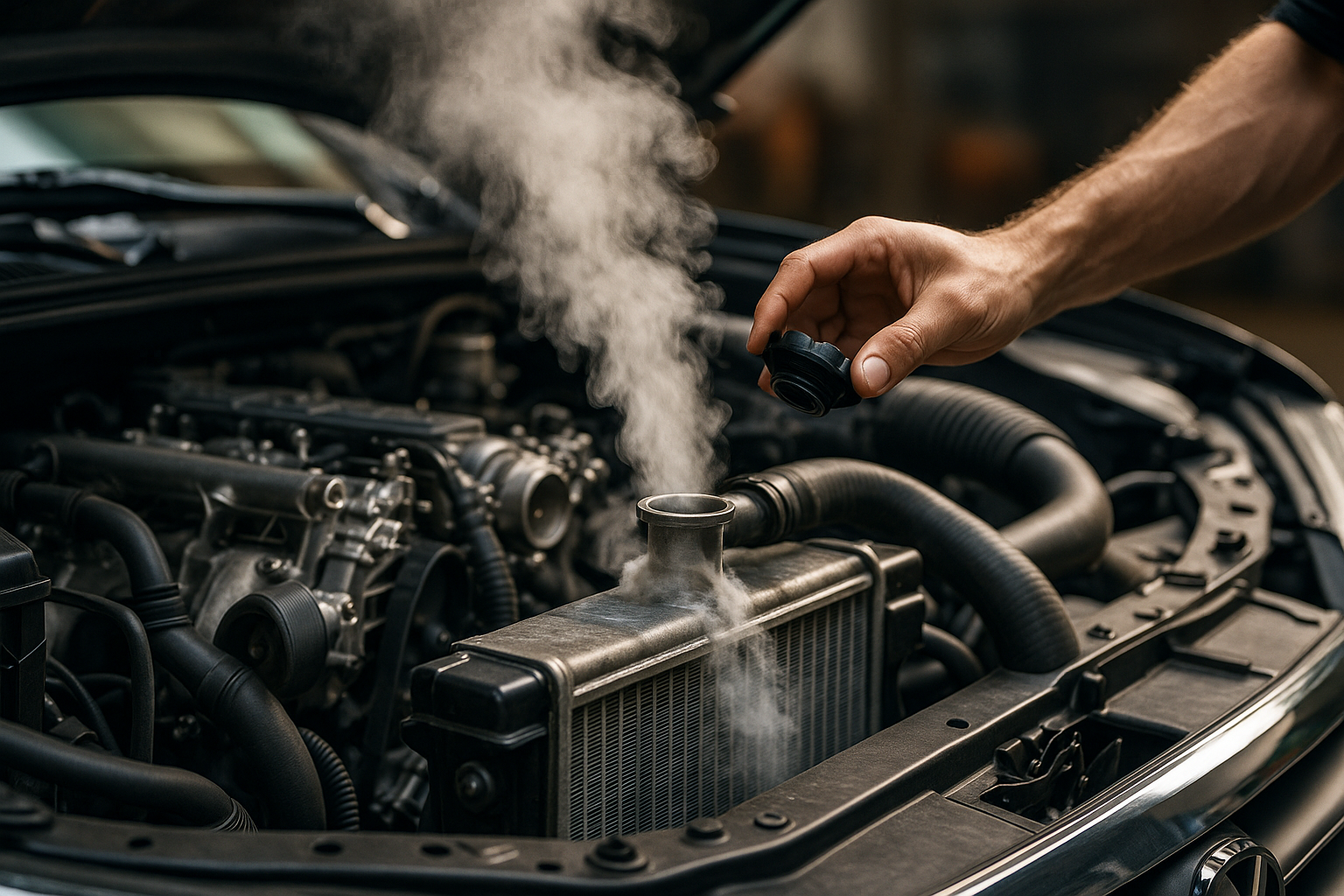Advancements in Automotive Cooling Systems: A Deep Dive
Introduction: Cars, like humans, need to maintain an optimal temperature to perform at their peak. An often overlooked, yet crucial aspect of this is the cooling system. In this article, we will delve into the fascinating world of automotive cooling systems, detailing their evolution, current trends, and what future developments we can expect to see.

The History and Evolution of Automotive Cooling Systems
In the early days of automobiles, cooling systems were basic, relying on the ambient airflow for cooling the engine. However, this method wasn’t efficient enough for the power demands of modern engines. Thus, the liquid-cooling system was born, consisting of a series of tubes and a radiator to dissipate heat into the atmosphere. Over time, these systems have become more complex and efficient, incorporating elements like water pumps, thermostats, and cooling fans.
Current Trends in Automotive Cooling Systems
Today, cooling systems are not just about preventing overheating. They also play a crucial role in improving engine performance, fuel efficiency, and reducing emissions. A significant trend in this space is the shift towards multi-circuit cooling systems. These systems separate the engine and transmission cooling circuits, allowing more precise temperature control and improved efficiency.
Another trend is the use of advanced materials and design techniques to make cooling systems lighter and more efficient. For instance, the use of aluminum instead of traditional iron or steel in radiators can significantly reduce weight and improve heat dissipation.
The Impact of Advanced Cooling Systems
These advancements in cooling technology have several benefits. For one, they allow engines to run at higher temperatures without overheating, which can improve performance and efficiency. They can also help reduce emissions by ensuring the engine is always operating at its optimal temperature.
However, these advanced systems are not without their challenges. They require more complex control systems and are generally more expensive to manufacture and maintain. Additionally, the use of advanced materials can increase the overall cost of the vehicle.
The Future of Automotive Cooling Systems
Looking ahead, we can expect to see further advancements in cooling technology. One promising area is the use of phase-change materials, which can absorb and release heat much more efficiently than conventional coolants. Another is the integration of cooling systems with other vehicle systems, such as the exhaust or electrical system, to further improve efficiency and reduce emissions.
The Unseen Hero of Modern Automobiles
While they may not be as glamorous as turbochargers or carbon fiber bodywork, cooling systems are a vital part of any car. The ongoing advancements in this field are helping to make cars more efficient, more powerful, and more environmentally friendly. So the next time you’re on a long drive on a hot day, spare a thought for the humble cooling system, quietly working away under the hood to keep your engine running smoothly.




